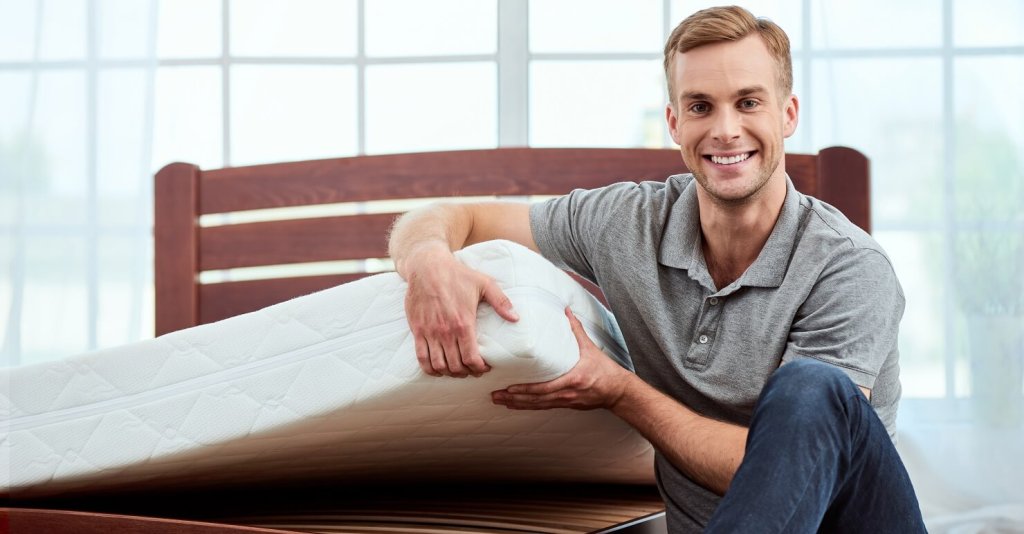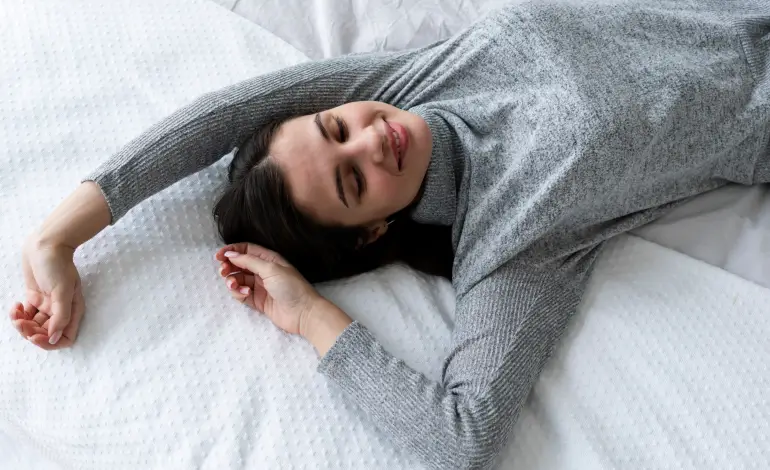Finding the right foam density for your mattress can improve sleep quality. Foam density plays a key role in comfort, durability, and support. This guide explains foam density and how to choose the best option for different sleeping styles and preferences.
What Is Foam Density?
Foam density refers to how much material is packed into a cubic foot of foam. It is measured in pounds per cubic foot (PCF). Higher density foam has more material, making it heavier and often more supportive. Lower density foam contains less material, making it lighter and softer.
If you are considering a custom foam mattress, foam density is a key factor to tailor to your specific comfort and support needs. Custom options allow you to choose the right balance between firmness and softness, depending on your body weight and sleeping position.
Types of Foam Density
Foam density typically falls into three categories: low, medium, and high.
- Low-density foam (3 PCF or less): Soft and lightweight, these mattresses are easy to move but may not last as long.
- Medium-density foam (3-5 PCF): Offers a balance of comfort and support. Ideal for most sleepers who want durability without too much firmness.
- High-density foam (5 PCF or more): Firm and durable, these mattresses provide strong support. They are often recommended for those who need extra support.
Why Does Foam Density Matter?
Foam density affects both comfort and durability. Higher density foam tends to last longer, as it resists sagging and wear. On the other hand, lower density foam offers a softer, more cushioned feel, but may break down faster.
Choosing the right density can also impact how well a mattress supports your body. For example, higher density foams offer more support to heavier individuals or those with back pain. Meanwhile, lighter individuals may prefer lower density foam, which feels more plush and accommodating.
How to Choose Foam Density Based on Sleeping Position

Your sleeping position is a major factor when picking the right foam density. Each position puts pressure on different parts of your body, so the density you choose should match your comfort needs.
Back Sleepers
Back sleepers need balanced support. A medium to high-density foam mattress often works best. This density helps maintain proper spine alignment while offering enough cushion to relieve pressure on the back and hips.
For most back sleepers, a mattress with a density between 4 to 5 PCF provides the right amount of support. It keeps the spine in a neutral position without being too hard or too soft.
Side Sleepers
Side sleepers put more pressure on their shoulders and hips. A lower to medium-density foam mattress is ideal for this sleeping position. Softer foam allows these areas to sink in, reducing pressure points.
A foam density between 3 and 4 PCF is often recommended for side sleepers. This range offers enough give to cushion the body but still supports spine alignment.
Stomach Sleepers
Stomach sleepers require a firmer surface to prevent the lower back from sinking too much. High-density foam works well for this group, providing the extra support needed to keep the spine straight.
A density of 5 PCF or higher is ideal for stomach sleepers. It ensures that the mattress remains firm and supportive, preventing discomfort or strain in the back.
How Body Weight Affects Foam Density Choice

Body weight also plays a significant role in foam density selection. Heavier individuals need more support, while lighter individuals may prefer a softer surface.
Lightweight Sleepers (Under 130 lbs)
People who weigh less than 130 pounds often prefer lower-density foam. A softer mattress allows their body to sink in more, providing comfort without being too firm. Foam densities between 2.5 to 3.5 PCF work well for lightweight sleepers.
Average Weight Sleepers (130-230 lbs)
For those in the average weight range, medium-density foam offers the best balance. These sleepers benefit from mattresses with densities ranging from 3.5 to 5 PCF. This range provides enough support while maintaining comfort for most body types.
Heavyweight Sleepers (Over 230 lbs)
Heavier sleepers require more support to prevent sagging and discomfort. High-density foam, usually 5 PCF or higher, is ideal for these individuals. It offers the durability and firmness needed to properly support their body over time.
Foam Density and Mattress Longevity
Higher density foam tends to last longer than lower density options. Because high-density foam contains more material, it resists wear and sagging over time. This can extend the lifespan of a mattress by several years.
- Low-density foam typically lasts between 4 to 6 years.
- Medium-density foam can last around 6 to 8 years.
- High-density foam often lasts 8 to 10 years or more.
If you’re looking for a long-term investment, a high-density foam mattress may offer better value in the long run. However, keep in mind that high-density foam may feel firmer, so it’s important to consider comfort as well.
Balancing Comfort and Support
While foam density plays a key role in support, it’s not the only factor. The overall comfort of a mattress also depends on other materials and features, such as the foam’s firmness, mattress layers, and whether the mattress is designed with cooling properties.
- Firmness refers to how hard or soft the mattress feels when you lie on it. While density affects firmness, they are not the same. A high-density mattress can still feel soft if it has a plush top layer.
- Cooling features, such as gel-infused foam, can also affect your sleep experience. These materials help regulate temperature, which is especially important for high-density foam, which can trap heat.
Final Tips for Choosing the Right Foam Density
When selecting a foam density, consider your sleep position, body weight, and personal preferences. Higher density foam is more durable and supportive, while lower density foam offers a softer feel. Most sleepers find that medium-density foam provides the right balance of comfort and support.
If possible, test different mattresses before making a decision. Many companies offer trial periods, so you can see how the mattress feels in your own home. Additionally, consider the warranty and return policy to ensure you’re covered in case the mattress doesn’t meet your needs.
By understanding foam density and how it impacts sleep, you can make a more informed decision. The right mattress can improve your sleep quality and overall well-being.

